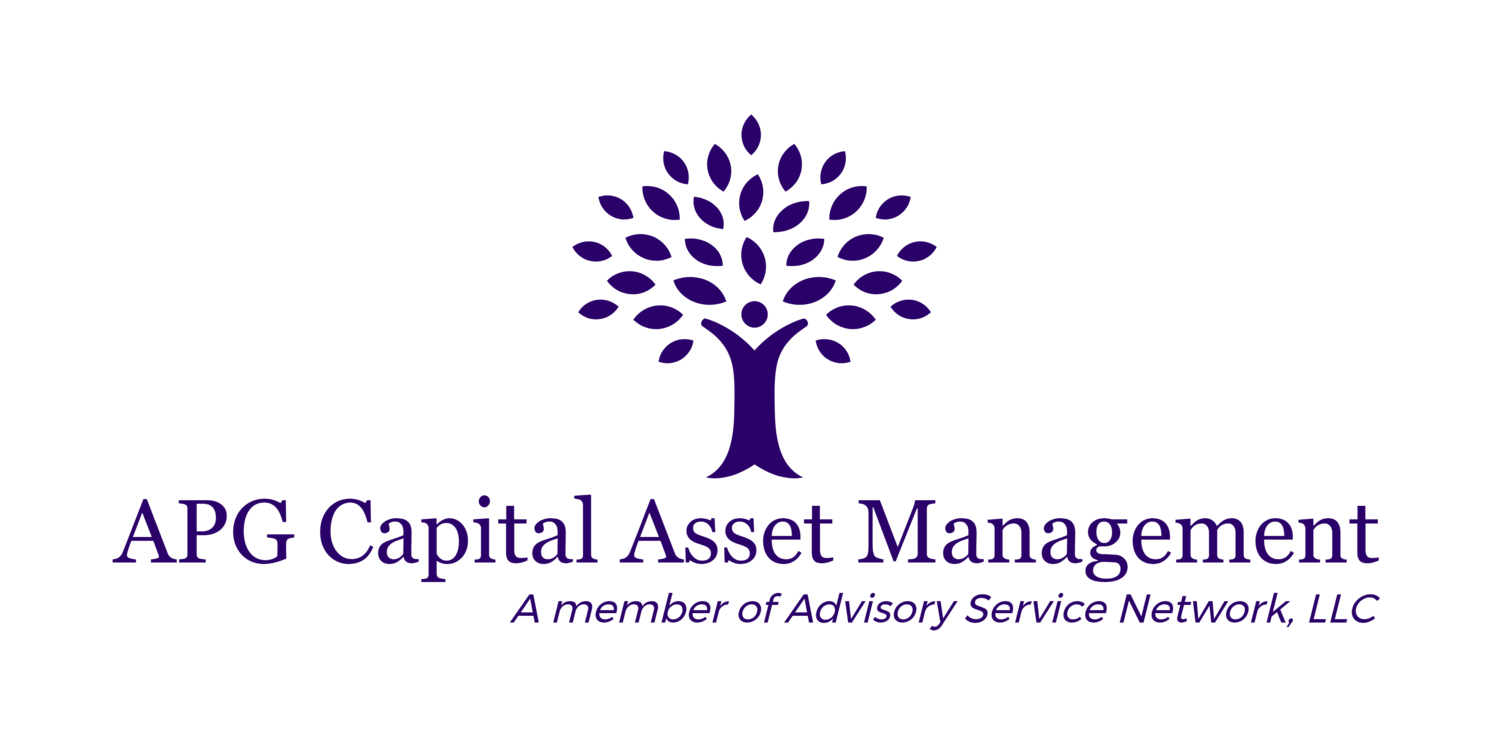The United States is still grappling with escalating Covid-19 cases, historically high unemployment, and a severe recession, all while the stock market had the best quarter in twenty-two years. With such a bleak background, this strength seems fairly bizarre but there are reasons for the S&P 500’s 20% quarterly rally to end the year down only 3%[1].
Stock prices are determined by the present value of estimated future earnings. Stock market valuations may imply that investors are looking past the next few quarters and that corporate profits rebound fairly rapidly in 2021 and 2022. But with the uncertainty that exists, most of those estimates are impossible to determine so optimism over future profits only tells part of the story.
The most reasonable explanation is due to the unprecedented amount of government stimulus being pumped into the economy. The payments to taxpayers and businesses, combined with the Federal Reserve bond buying programs (see the chart below of Fed activity), have created a flood of new money into the economy. The effect of this is to devalue dollars, which increases inflation. This, in turn, pushes assets like stocks, real estate and commodity prices up. This gels with what we’ve experienced. But stock prices should also weigh the risks of a depressed economy on the profitability of corporations and demand for hard assets. We may be in a stage of the market recovery where the market will bounce around, finding where these opposing forces find an equilibrium.
It is useful to note how the market reacted to past pandemics. During the Spanish Flu of 1917-1918 as shown below, the market then similarly plunged about 33%. After the market bottomed, it quickly rebounded, traded in a range for a year, and then trended higher. It took about 15 months for the market to fully recover the pre-virus highs.
This pandemic is forcing companies to adapt to news ways of doing business. While many companies are struggling, there are some that are capitalizing on their market position. Active management could have a good chance to outperform in this environment. We remain focused on growth stocks relative to value and de-risking portfolios through an overall lower weighting to stocks may be prudent. We believe It is important to stay focused on the long term. While there may be short-term market weakness as we learn more about the wave of outbreaks and how companies are faring in the next earnings announcement cycle, it is hard to bet against the long-term ability of companies to evolve and thrive in new environments. This is especially true as long as the Fed remains highly supportive.
While the market continues to confound, we recommend paying attention to areas we can control. Here are some things to consider:
1. Make sure you are taking advantage of tax savings.
maximizing deductible 401-K and IRA contributions, (the deadline for 2019 contributions were pushed to July 15th this year
tax-loss harvesting, and
smart charitable giving, either to a Donor Advised fund or a Qualified Distribution from IRAs.
2. With the prospect of higher future tax rates, there may be opportunities converting Traditional IRA holdings to a Roth IRA.
3. Reviewing your mortgages to see if a refinancing makes sense
4. Take a closer look at your expenses so there are no holes in your budgeting and cash planning.
5. Please stay safe - avoid crowds, wash your hands and, for the safety you and your loved ones, wear a mask.
This marks the third anniversary of APG Capital and I want to thank all of my clients for your trust and time. I truly appreciate our collaboration and sharing of ideas. I look forward to seeing you all in person soon.
Advisory services offered through APG Capital Asset Management, a Member of Advisory Services Network, LLC.
713-446-3233
www.apgcap.com
All views/opinions expressed in this newsletter are solely those of the author and do not reflect the views/opinions held by Advisory Services Network, LLC. Indexes are unmanaged and do not incur management fees, costs, or expenses. It is not possible to invest directly in an index. The information and material contained herein is of a general nature and is intended for educational purposes only. This material does not constitute a recommendation or a solicitation or offer of the purchase or sale of securities. The future performance of an investment or strategy cannot be deduced from past performance. As with any investment or investment strategy, the outcome depends upon many factors including: investment objectives, income, net worth, tax bracket, risk tolerance, as well as economic and market factors. All economic and performance data is historical and not indicative of future results. All information contained herein is derived from sources deemed to be reliable but cannot be guaranteed.
[1] https://www.statista.com/chart/22169/change-in-us-stock-market-indices-in-the-second-quarter-of-2020/
[2] https://www.marketwatch.com/story/market-behavior-a-century-ago-suggests-the-worst-could-be-over-for-stocks-if-not-for-the-coronavirus-pandemic-2020-03-19



